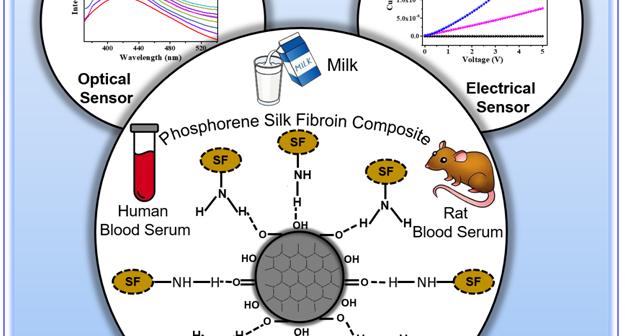A groundbreaking optical sensing platform has been developed for detecting cholesterol with high sensitivity, offering early indicators of diseases such as atherosclerosis, venous thrombosis, cardiovascular diseases, heart disease, myocardial infarction, hypertension, and cancer. The innovation, created by researchers at the Institute of Advanced Study in Science and Technology in Guwahati, is designed to provide reliable point-of-care cholesterol detection, aiding personalized health monitoring.
Cholesterol, a vital lipid produced by the liver, serves as a precursor for vitamin D, bile acids, and steroid hormones. It plays a critical role in blood and nerve cell function. However, maintaining balanced cholesterol levels is essential, as both high and low levels can contribute to severe health conditions. Low-density lipoprotein (LDL), often termed ‘bad’ cholesterol, can accumulate in arteries and lead to atherosclerotic plaque formation, obstructing blood flow and increasing disease risks. In contrast, high-density lipoprotein (HDL), known as ‘good’ cholesterol, helps remove excess cholesterol from the bloodstream.
The newly developed optical sensing platform utilizes silk fiber functionalized with phosphorene quantum dots, creating an efficient tool for detecting cholesterol at trace levels, even below the preferred range. A point-of-care device has been fabricated at the laboratory scale to facilitate routine cholesterol monitoring. The technology integrates the silk fiber with a cellulose nitrate membrane to form an electrical sensing platform, ensuring effective cholesterol detection.
The interdisciplinary research team behind this innovation includes retired Professor Neelotpal Sen Sarma, Associate Professor Asis Bala, and DST INSPIRE Senior Research Fellow Nasrin Sultana. Their work has demonstrated that the fabricated sensors are highly selective and sensitive to cholesterol detection while remaining eco-friendly. The electrical sensing platform notably generates no e-waste, enhancing its sustainability.
The sensing platform has exhibited consistent results when tested in various real-world media, including human blood serum, experimental rat blood serum, and milk. The findings have been published in the peer-reviewed journal Nanoscale, issued by the Royal Society of Chemistry, further validating the efficacy of the innovation.
With its capability for early cholesterol detection, the new optical sensing platform has the potential to revolutionize routine health monitoring and improve diagnostic accuracy for conditions linked to cholesterol imbalance. As research progresses, this technology may contribute significantly to preventive healthcare and clinical diagnostics.






